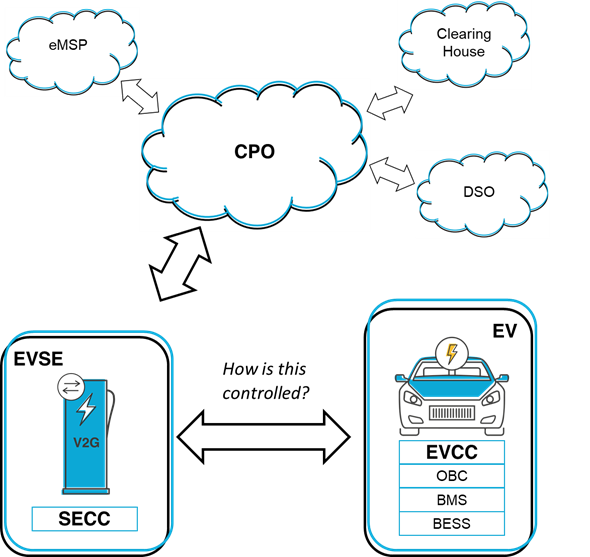Home / Nature & Environment / Sustainability / Vehicle-to-Grid Charging for Electric Cars / V2G Control – EVSE to EV

Reach your personal and professional goals
Unlock access to hundreds of expert online courses and degrees from top universities and educators to gain accredited qualifications and professional CV-building certificates.
Join over 18 million learners to launch, switch or build upon your career, all at your own pace, across a wide range of topic areas.


 V2G Eco-system – EVSE to EV Control
V2G Eco-system – EVSE to EV Control
 EV Charging and V2G Standards
EV Charging and V2G Standards
 CharIN V2G Roadmap (a larger version of this image is available in the Downloads section below)
CharIN V2G Roadmap (a larger version of this image is available in the Downloads section below)






